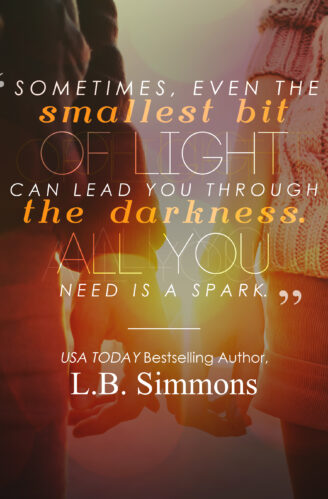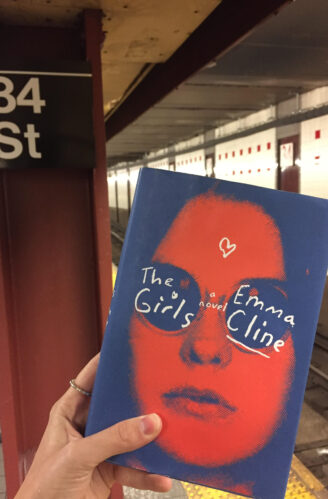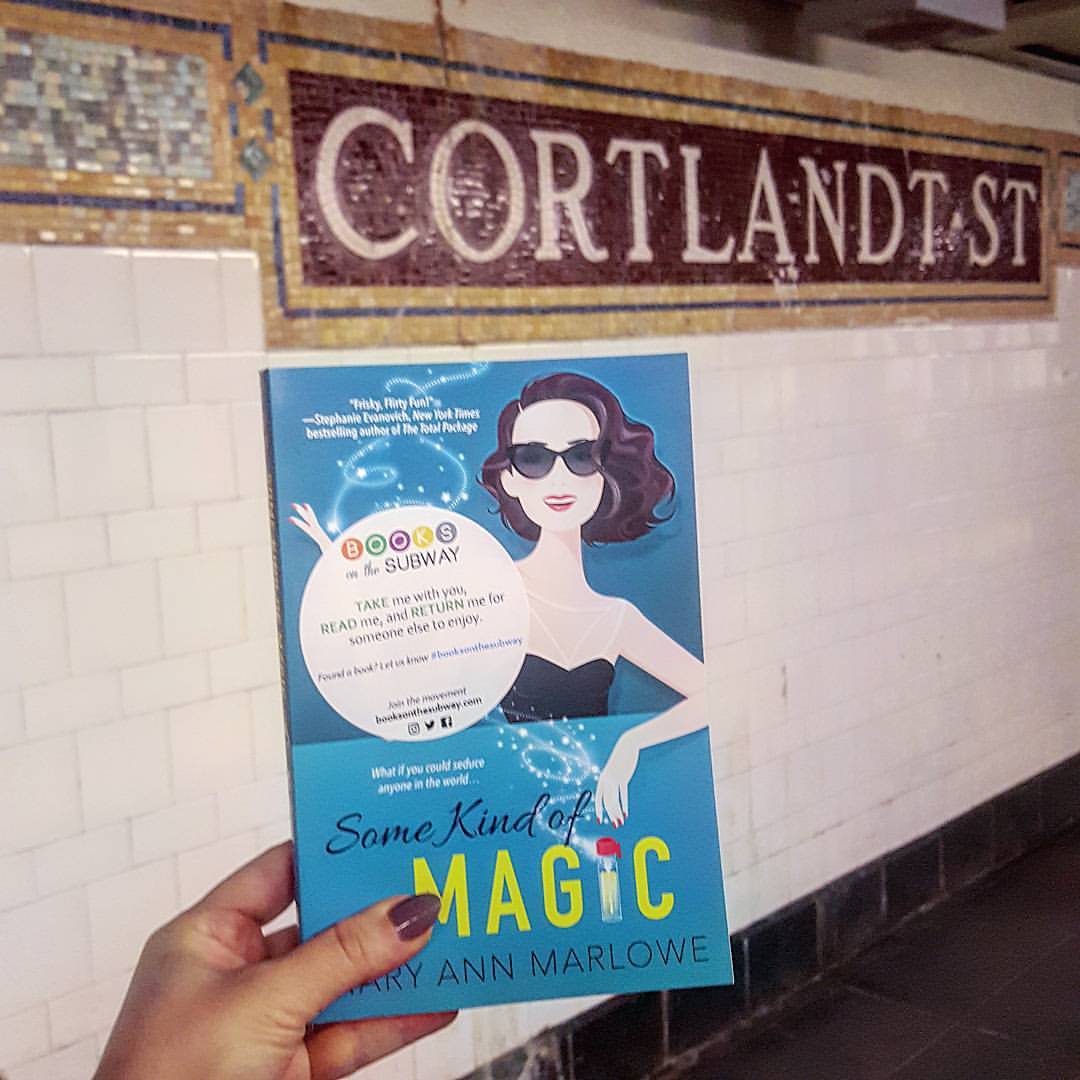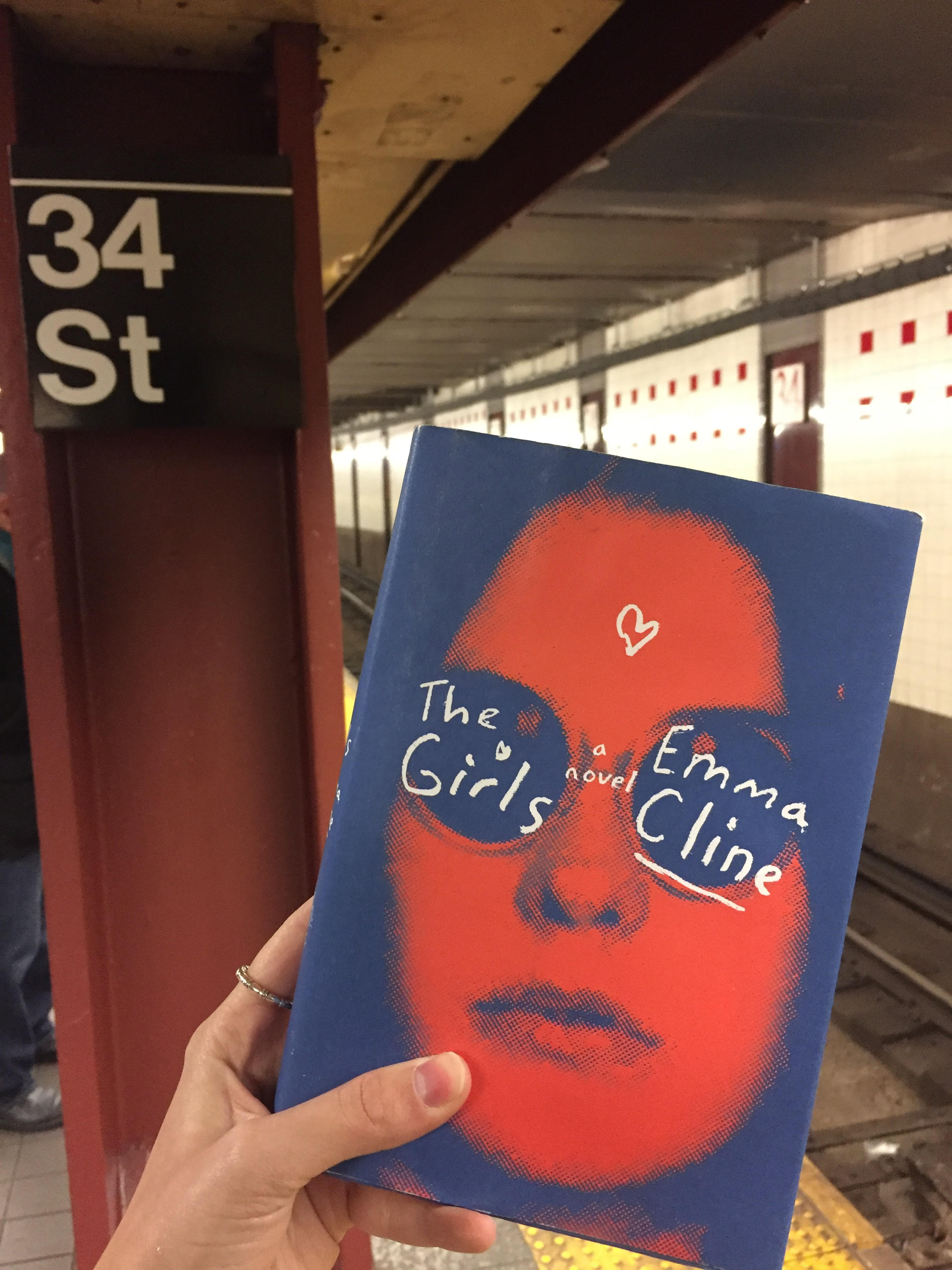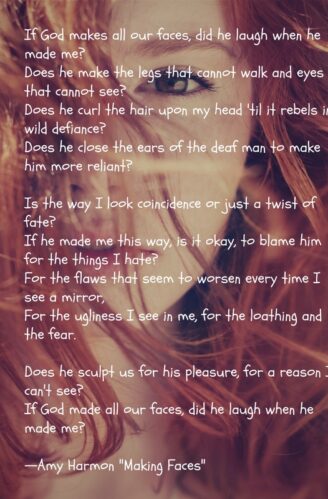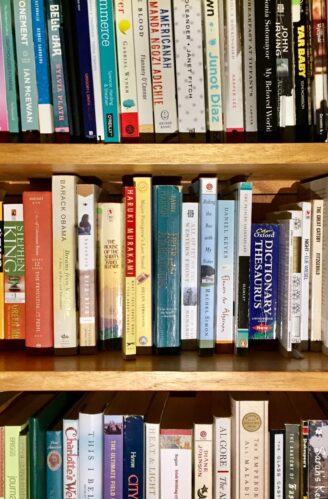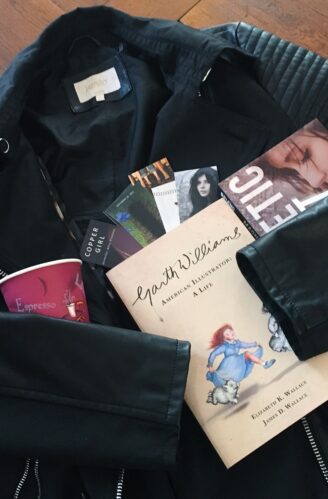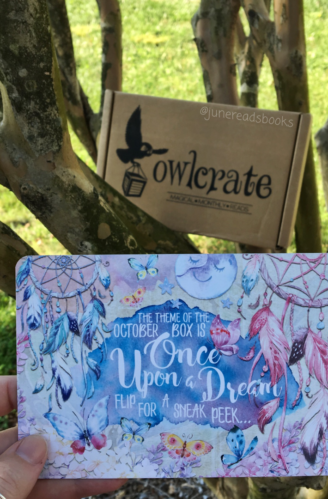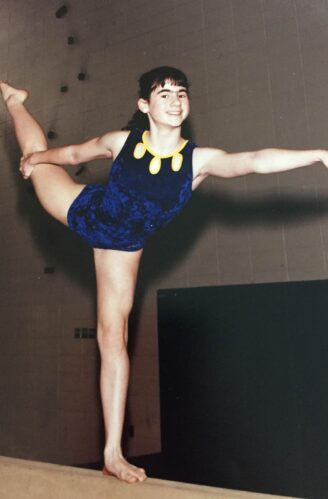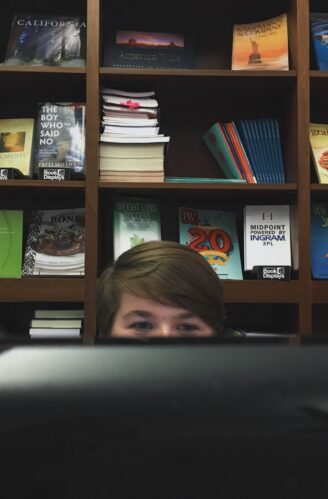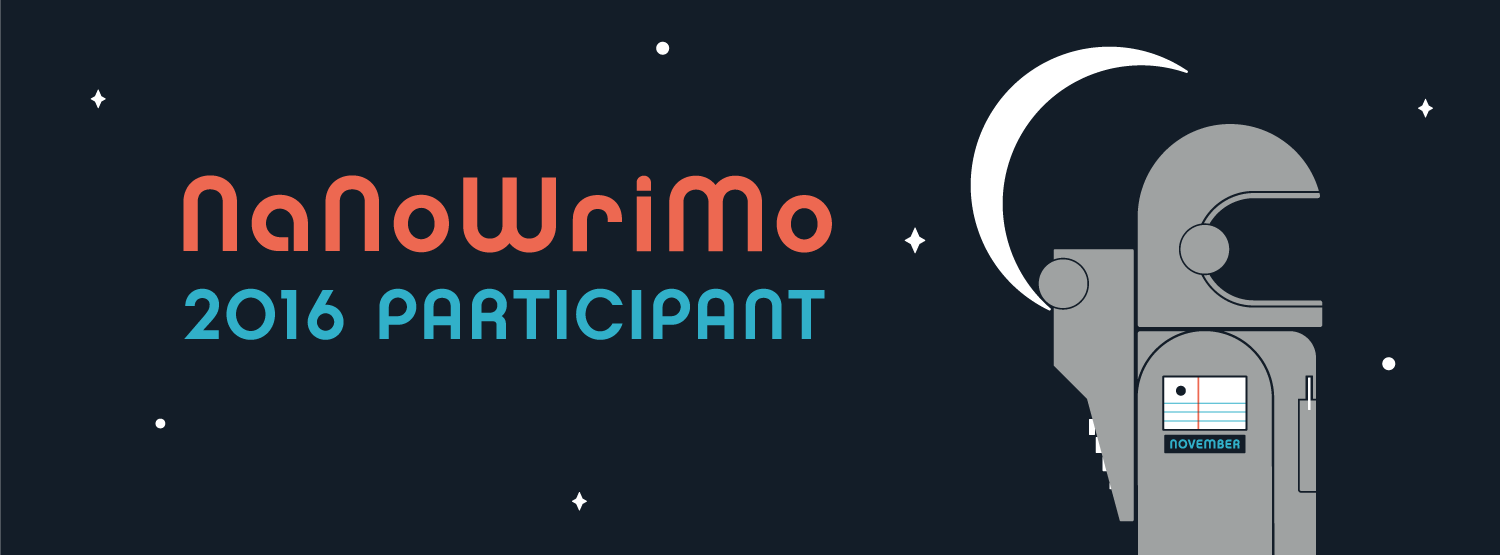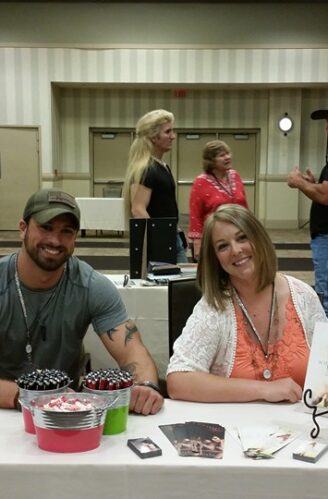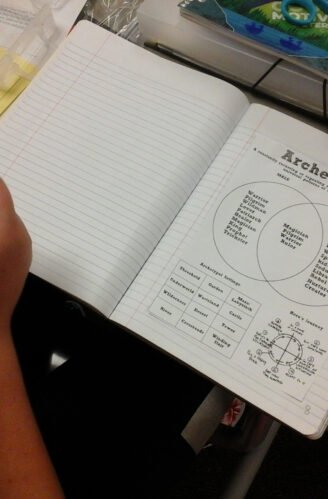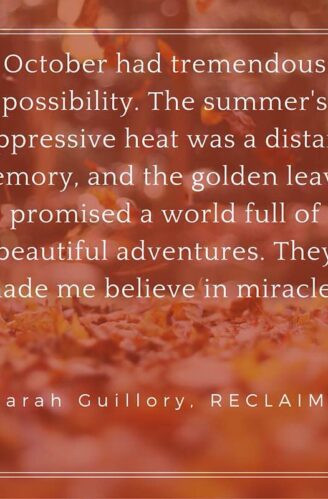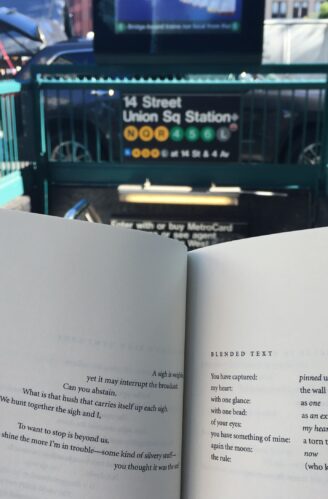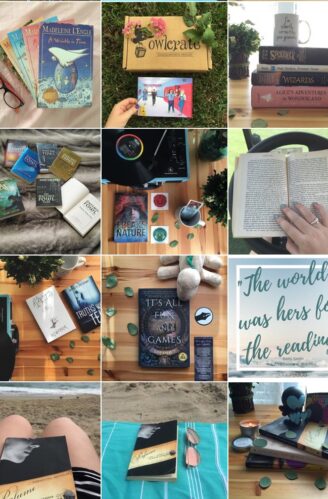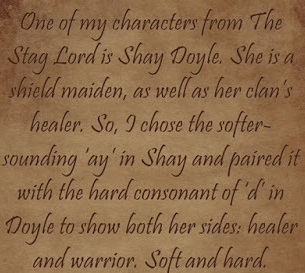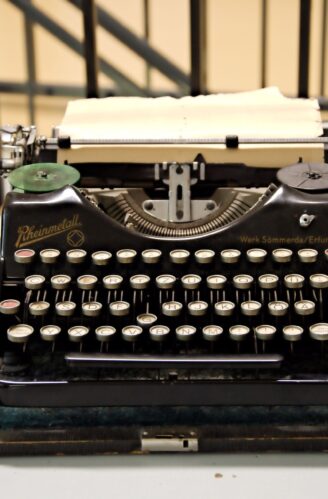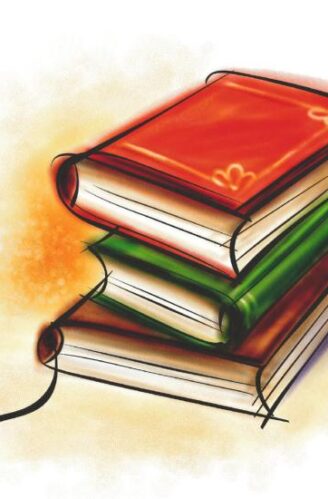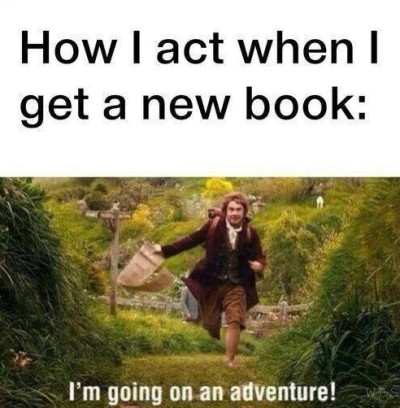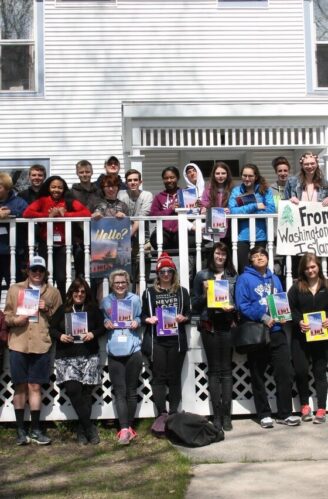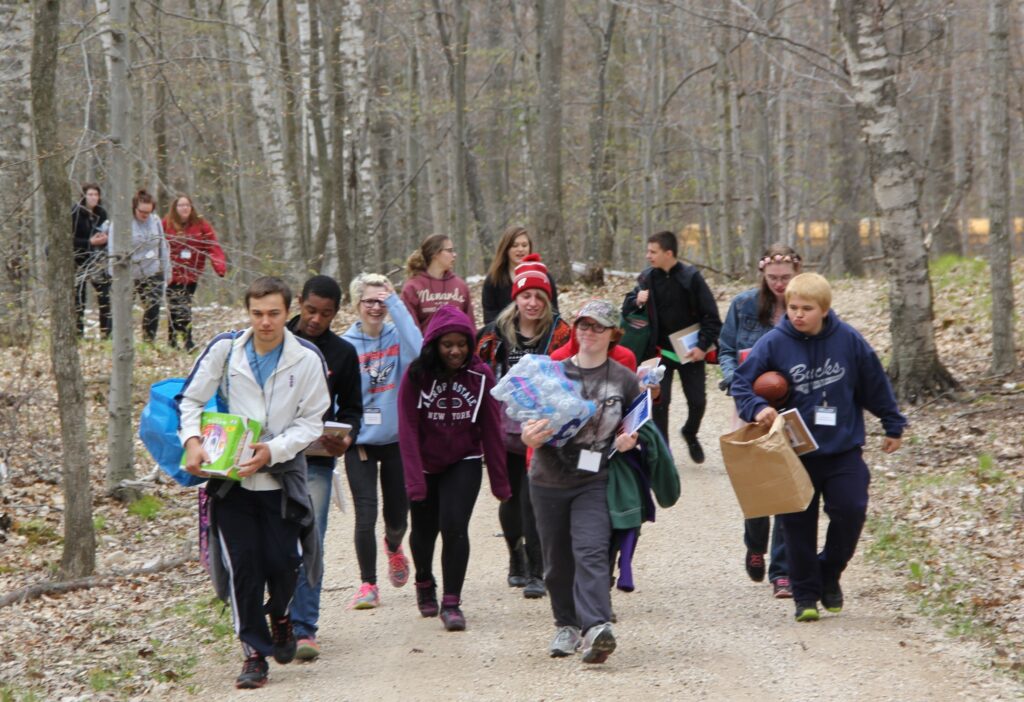In my author biography it states, “L.B. Simmons doesn’t just write books. With each new work, she composes journeys of love and self-discovery so she may impart life lessons to readers. She’s tackled suicide, depression, bullying, eating disorders, as well as physical and sexual abuse, all the while weaving elements of humor into the storylines in effort to balance the difficult topics.”
I pride myself on this statement, because to me, my books are not just books. They are my very personal messages to every person out there who needs a voice, who needs to be heard, and who needs to bear witness to the fact that they are not alone. I feel that as I found my own voice through writing, it’s imperative I use that voice to make a difference. By way of my characters, I can show people who feel irrevocably broken that they too can heal. And while romance does play a part in my storylines, it is always associated with the same central message: You cannot truly love someone else until learn to love yourself. Flaws included. Because in truth, it’s those imperfections that make you . . . well, flawless, because they are you. And you’re perfect just the way you are.
Every time I speak with someone who has traveled the healing journey with one of my characters, who closes the book with renewed strength and a smile on their face, my heart swells knowing my voice was heard and one or more of many messages successfully delivered.
This is why I write.
YOU are why I write.
And I am so thankful to the publishing industry for providing me a platform in which to speak, and to those readers who dared to listen.
L.B. Simmons is the author of the Chosen Paths series, two of which are available for pre-order now.
Into the Light: Amazon | Barnes&Noble
Under the Influence: Amazon | Barnes&Noble
Out of Focus: (release date – November 2017)
